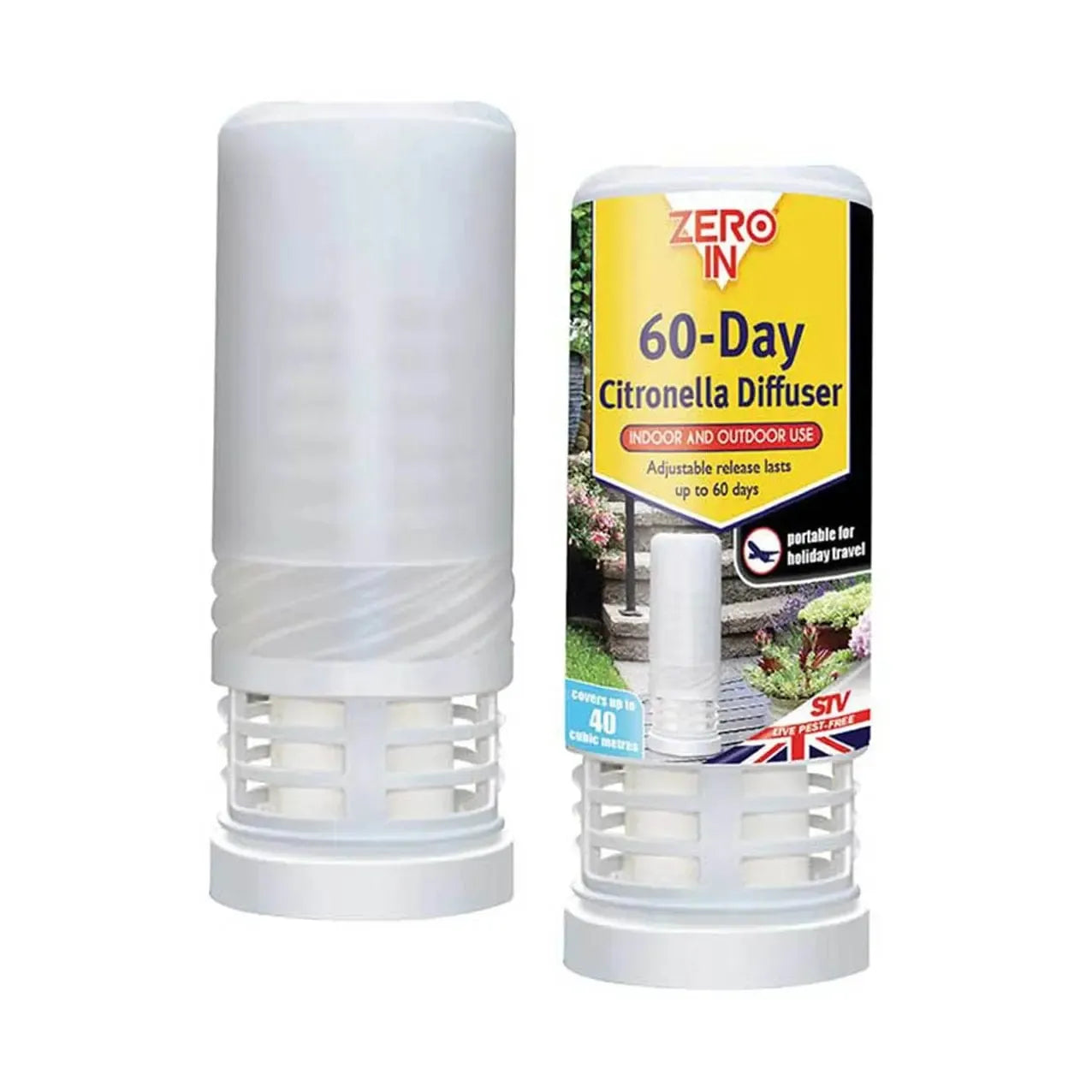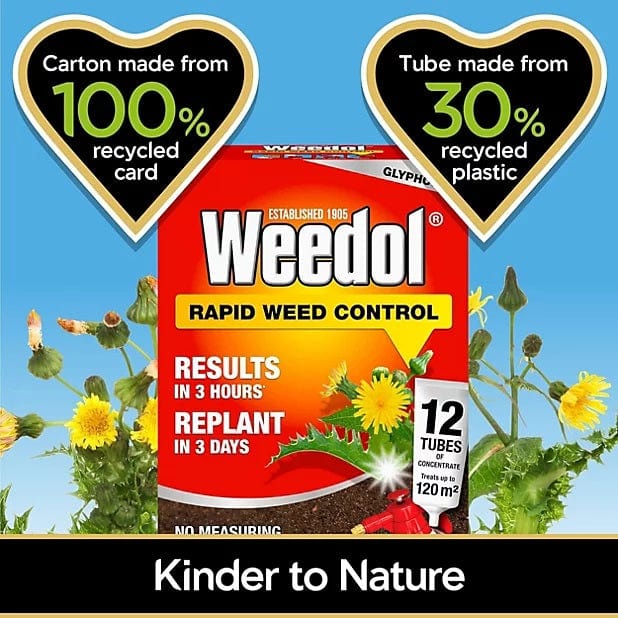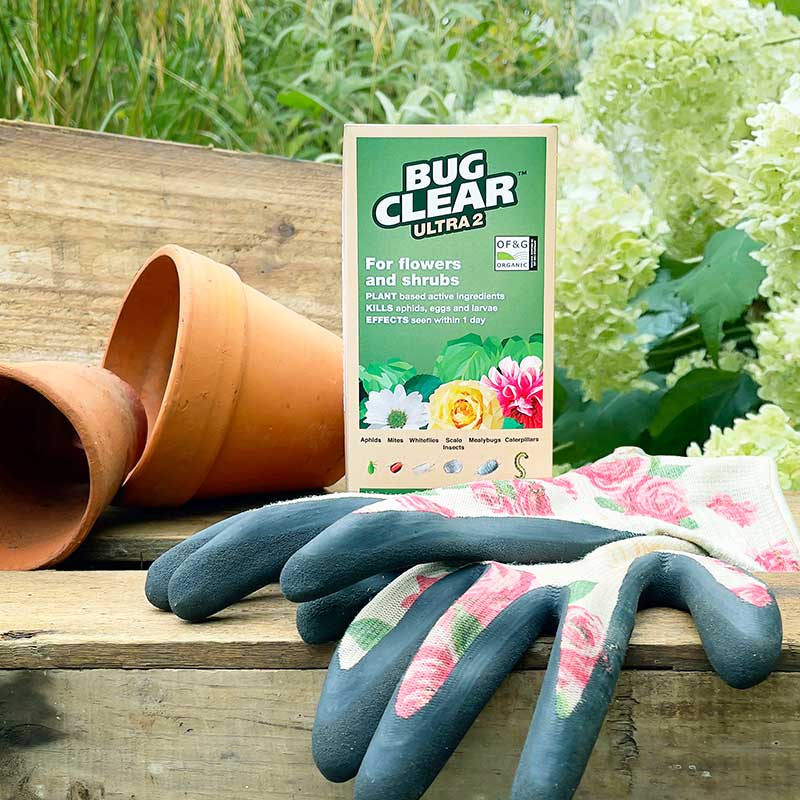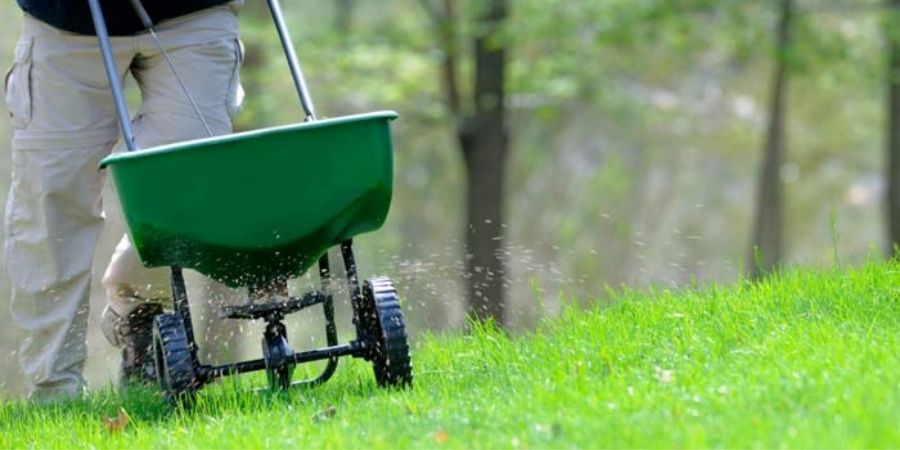How to Choose the Right Grass Type
- 〡
- 〡 by Fitfit Garden

he best way to have your lawn lush and green at all times is by choosing the perfect type of grass suited to your climate and lifestyle. Experts at The Fit fit garden will guide you in finding the perfect grass for you. Read on below to discover what other types of grass exist and which one best fits your needs for starting anew or looking to make a change for the better.
Choosing the Right Grass for the Lawn
A Guide How to Determine the Best Type of Grass for Your Lawn Your ideal grass can make your lawn care easier and your landscaping greener. Use our guide to find the best type for your yard.
The right types of grass make all the difference between a constant struggle to keep your grass green and an easy-going turf that provides for season-long beauty and enjoyment. But with so many choices, how do you choose? Well, here's some plain talk on choosing the suitable grass for your landscape: Narrow Your Choices
Where you live is the most important factor in determining what types of grass will work best.
Northern Zone Cool-season types like Kentucky bluegrass, perennial ryegrass, and tall fescue are king in the Northern United State and Canada, where summers are relatively mild and winters often cold.
Southern Region
This region has hot summers and moderate winters, thereby supporting a warm-season grass environment. The grasses most commonly found here are St. Augustinegrass, Bermudagrass, centipedegrass, and zoysiagrass.
Transition Zone
This zone heats up during summer and in winter, pretty cool. Thus, this zone is usually the most challenging one to lawns. Cool-season turfgrasses don't perform well during summer heat. Warm-season types, however, may be dormant for up to half of the year and are quite sensitive to winter damage. Tall fescue is another favorite in the Transition Zone because it exhibits good tolerance to both heat and cold and is green all year. Bermudagrass, zoysiagrass, and Kentucky bluegrass also are grown in the Transition Zone.
Consider the Site
Consider next the conditions in your yard. If there is nothing out of the ordinary in it, you can bet on excellent results no matter which of the primary species you use for your region. For difficult sites with deep shade, lack of water, or salty soils, other species will adapt better to the particular conditions.
Low-Input Sites: Buffalograss is hardy in much of North America good for a difficult to irrigation and fertilize site. Fine-leaf fescuse are also suitable for low-input sites. Centipedegrass is an excellent low-maintenance choice for low-input sites in the Southeast.
Shaded Sites: Fine-leaf fescues tolerate the shadiest sites. In the South, most varieties of St. Augustine are relatively shade-tolerant except for the Floratam variety.
High-traffic sites: Kentucky bluegrass-perennial ryegrass mixtures excel in the North, and Bermudagrass is the go-to grass in the South for fast recovery from wear.
Seed companies commonly market mixes of several species of grass chosen for a given site, sunny, shady, dry, or high-traffic. They research to come up with the best mixes in the right proportions, and the lawn performs better if you planted just one species.
Seashore paspalum tolerates salt well. This makes it a good choice for the turf of sites having sandy coastal conditions that are exposed to salt sprays or where effluent water with high salts is applied for irrigation.
Does the Type of Grass Really Matter?
In a word, yes. Each of these types of grass has several (sometimes many) varieties, offering differences in texture, color, and growth rate. The differences might be subtle visually, but newer varieties often have unseen advantages. For instance, they might more readily tolerate diseases, pests, or harsh weather. No-name-or generic seed, though cheaper, is usually not worth the savings because you might end up with an older variety more likely to have problems.
Hybrids between different varieties will provide optimal performance from species like tall fescue, perennial ryegrass, and Kentucky bluegrass. It is wiser to use pre-packaged mixes specifically made for your region. You can also create your own mix, though.
Cool-season types of grass
Cool-season grasses are native to cooler northern climates. They grow most in spring and fall, but go through the winter with leaves in moderate regions. (They will decline in northern areas.) They dislike the heat of summer; their foliage can turn brown at times without significant supplemental irrigation.
1. Kentucky Bluegrass
Kentucky bluegrass is the most widely used grass for northern lawns; it's also planted in the Transition Zone and on the West Coast, where ocean influence moderates summer heat. Kentucky bluegrass has dark color and medium texture. To get the best effects, plant a mix of several varieties or blend with perennial ryegrass.
Positive features involve: self-mend visible bare areas, lovely lawn and can withstand severe winters.
Cons:Shade intolerant. Susceptible to thatch. Won't tolerate heat. Grubs will eat it.
2. Fine-leaf Fescue
There are a number of grass species that make up this category and all have very thin, narrow blades and wispy looks. These grasses are problem solvers. They're often used to improve drought and shade tolerance in lawns and should be mowed less often.
Pros: Doesn't require much by way of maintenance; drought and shade tolerant.
Cons: It is not nearly as attractive as most of the cool-season turfgrasses.
- Tall Fescue
Tall fescue: It holds onto drought and heat pretty well, and is used quite widely in the Transition Zone and even into the South. Not everyone cares for the texture, but some of the newer cultivars are nicer.
Advantages: Its advantages include withstanding thatch, heat tolerance, and drought tolerance along with good tolerance to pests.
Disadvantages: Does not spread to unvegetated areas, except for some new varieties that spread moderately.
4. Perennial Ryegrass
This species is dark-colored, fine-textured type, typically best used alone in lawns but more often blended with Kentucky bluegrass. It is also extensively used to oversee dormant southern Bermuda grass for winter greening.
Advantages: One of the most attractive grasses; has a very heavy traffic tolerance; germinates and establishes quite quickly.
Cons: Does not spread, so bare spots will not fill in on their own
Warm-Season Types of Grass
Warm-season grasses do better in the South and Southwest, which they like for their hot summers. They tolerate dry summers well enough without added irrigation, but few take cold temperatures very well; most go dormant in winter. Most warm-season grasses come as sprigs or sod, not seeds.
1. Bermudagrass
"Common" Bermudagrass is coarse, hybrid types much finer in texture with a more attractive appearance. One must sow seed to plant the former, spring for the latter. Some can be grown as far north as Zone 6. Dormant Bermudagrass is commonly overseeded in the South and West with ryegrass in the fall for winter color.
Pros: Vigorous spreader, recovers quickly from wear; hybrid varieties show extremely fine texture.
Cons: dislikes shade; prone to thatch; invasion spread into flower beds.
2. St. Augustinegrass
St. Augustinegrass is a coarse-textured, lush, thick lawn grass. It is the most used lawn grass in the Gulf states but has heavy summer water requirements and limited cold tolerance, thus limiting it to use in most other areas.
Pros: Requires only moderate maintenance if lawn to be beautiful; tolerates shade to some extent
Downsides: Susceptible to chinch bugs; dries out in extremely hot summer months without supplemental irrigation.
3. Zoysiagrass
Zoysia Grass will grow a thick, medium-textured grass area and can survive winter in zone 6.
Pros: Thick lawn effective at choking out weeds; somewhat tolerant of shade; drought-tolerant.
Cons: Long dormancy; must be dethatched or scalped every year to reduce thatch buildup; slow to establish and to recover from wear; not really adaptable to winter overseeding.
4. Buffalograss
An appropriate use for buffalograss is on low-maintenance sites. This grass has a grey-green color and a fine texture. Although technically a warm-season grass, buffalograss survives in most of the United States and southern Canada.
Pros: Extreme weather-resistance; requires little use of fertilizer, pest control, or mowing.
Cons: It is not colored pretty; does not traffic well; does not grow overnight; tends to go dormant in winter and also during summer if not watered, which means it can be brown for much of the year.
5. Centipedegrass
This grass does well in the Southeast. The common name is "lazy man's grass" because it produces a coarse, light-to-medium green lawn that looks healthy with minimal maintenance. It does not wholly go dormant in winter. People often use common centipedegrass, but named varieties are seldom available.
Pros: Highly care-free; few severe pests or diseases attract it; grows slowly, that is less mowing.
Pros: Long recovery period from damage; damages affected by cold weather.
Use Sod, Seed, or Sprigs When.
Homeowners can begin their lawns with either sod or seed (or small pieces of grass if they can't use seed). Sod is the quickest way to start your lawn, but it is also more expensive than the other two. You also have limited choice because you'll only be able to choose from types available locally that your local sod growers have. You might consider using sod if you have really steep hills. Slopes are also easy to erode, and powerful rains can quickly wash away seeds; grass will stay in place, especially if it is well-fixed.
You save money right at the beginning. Many varieties of plants are found in garden centers. Grass grown from seeds will, however, take an entire year to grow thick. The seeds can be planted again in areas that failed to grow well. Weeds will continue to be a nuisance until your young grass becomes thick.
Many warm-season lawn grass types aren't sold as seed, so they're marketed as sprigs or plugs. These are planted in the ground, where they work their way across the area to produce a solid lawn. Sprigs are sold by the bushel at garden centers; plugs are sold by the tray.
FAQs
What is the best grass for my lawn?
-
Kentucky Bluegrass.
- Canadian Bluegrass.
- Ryegrass.
- Tall Fescue.
- Red Fescue.
- Bermunda Grass.
How to Choose the Right Grass for Your Lawn?
Lawns come in innumerable varieties.There are over 10,000 types of grass for lawns worldwide. In most areas, temperatures fluctuate; the grass used in those locations will need to be able to support cold and warm temperatures. Transitional grasses include some of the popular lawn types, such as Bermuda and St. Augustinegrass.
What is the difference between grass and a lawn?
Grass is the plant itself, while a lawn is the area in front of or behind a house, or grass that grows on any other land, either commercial or residential. Also, another word connected to grass is "turf."
What type of grass grows the fastest?
One of the fastest growing seed types is Perennial Ryegrass; this germinates in 5-10 days and will show baby grass plant shoots appearing in your soil during this time. Other grass types, such as Bent and Fescues, can germinate quickly but require a higher ground temperature.
How does one select a type of grass?
Then choose grass seed that can thrive in your climate and the sunlight hours that your lawn gets. Think about how your lawn will receive water from the rain or irrigation. If you live in a relatively arid region, then it is also essential to look for a grass species that can tolerate drought conditions.













